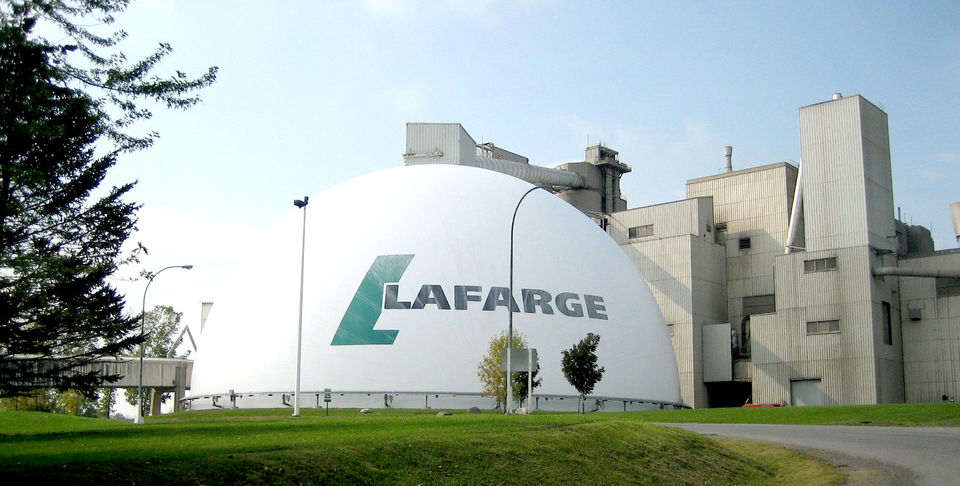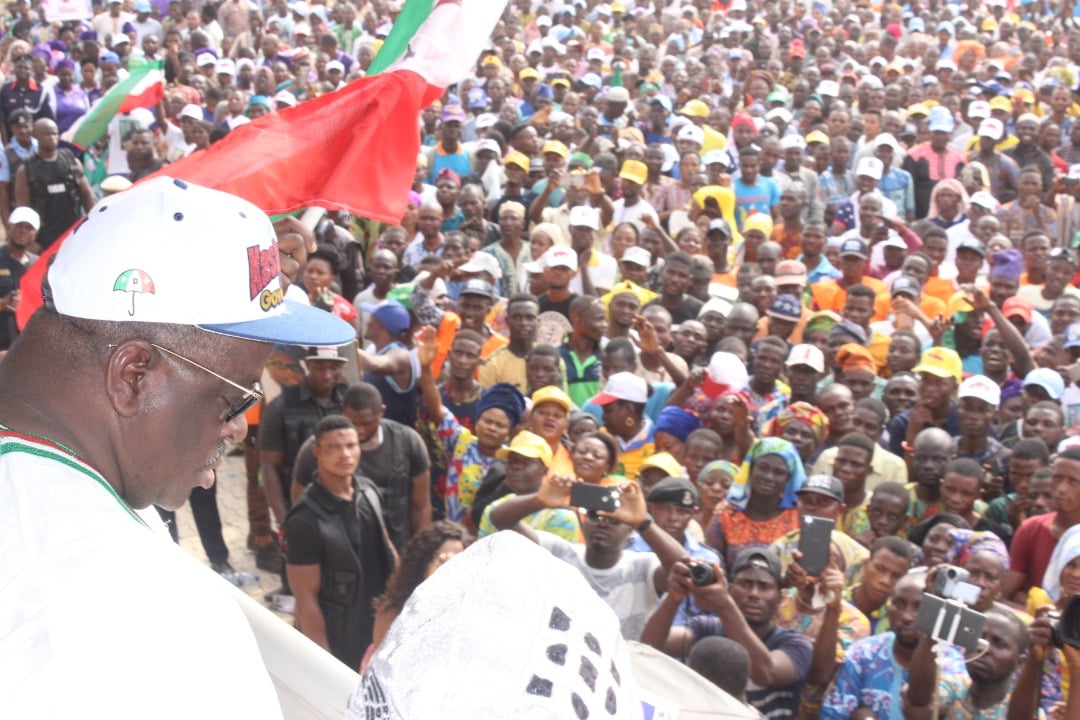BY WOLE FAMUREWA
On January 28, 2019, Lafarge Africa’s N89.2 billion rights issue will close. So investors have a few more days to pick up this offer. The capital raise comes at the end of another difficult year for the cement maker. Following the consolidation of Lafarge’s operations in Nigeria and South Africa in June 2014, the company has reported a few negative earnings surprises.
Things appeared to get worse after the second quarter of 2017 when inventory write-offs, impairment charges, other restructuring costs, and elevated finance costs pressured earnings further. Expectedly, investor sentiment for the stock has turned sharply negative, with the stock price down 80% since mid-August 2017.
Many investors have become very wary of the stock. However, it may be useful to look beyond the firm’s recent history and consider what Lafarge offers investors going forward. Here are four things that are worth considering before you make a decision on Nigeria’s second largest cement producer.
Advertisement
The stock is cheap
At N12, the Lafarge rights issue offers a low risk entry opportunity for the patient investor. Several analysts report that the rights offer price is at a discount to their post offer valuation of the stock. While Renaissance Capital puts the offer at a 10.4% discount to their fair value of N13.40, RMB Nigeria is a lot more bullish and says, the rights offer presents a potential 66% upside potential to their fair value of N20.00. Given, the series of negative earnings surprises over the last 3 years, it’s easy to understand why many analysts and investors are hesitant. However, it’s important to isolate the biggest challenges facing the company.
While many observers are quick to point out that Lafarge Africa operates older and less efficient production plants than main rival Dangote Cement, I think the more “fixable” issues could be summarised into two major challenges; the drag of an underperforming subsidiary (in South Africa) on earnings and the finance burden of the cost of debt capital. Later on, I will explain why I think these issues are less of a concern today than a year ago.
Advertisement
Clearly, these issues remain a concern in the short term but the overwhelming majority of analysts that I have spoken to hold the view that the worst is over and while a rebound in sustainable earnings growth could be slow, the low rights price limits the downside risk. The big question is “what will catalyse a recovery in the share price?”. I think that the improving performance of the company will eventually attract investors seeking exposure to the industrial good sector. Dangote Cement currently remains the toast of the market but at some point, the market valuation of that stock will become too expensive for even the most optimistic investor. Lafarge Africa should offer an attractive alternative for portfolio diversification.
Post-rights issue performance should be a lot better
Over 67 percent of the rights issue proceeds will be used to pay down loans. This will further address the impact of leverage on the company’s earnings. In addition, Lafarge Africa is set to continue to optimize its operations. It’s noteworthy to state that its South African subsidiary became EBITDA positive in the third quarter of 2018 and, for the first time since the South African operations became a serious drag on earnings, management recently provided earnings guidance for the S.A. operations, projecting a sustainable EBITDA margin of 10% (compared to -14.6% in the second quarter of 2018).
Additionally, going forward, the company’s bottom line will be buoyed by less administrative expenses following some restructuring. Management projects that the company should pay down the last tranche of cost associated with the implementation of SAP in the first quarter of 2019. I think the biggest takeaway on this point is that while Lafarge is still owing a lot of debt but the outstanding loans should reduce significantly over the next 2 years. This puts the company in a stronger position to achieve sustainable earnings growth.
Advertisement
Dollar loans less of a problem going forward
Forex related losses were a major drag on Lafarge Africa’s earnings in 2016 and 2017. Total forex losses linked to dollar loans was N36.2 billion over the two years. However, in the event that the central bank bows to pressure to depreciate the currency later this year, Lafarge has bought some fx loss protection for its dollar loans in the form of non-deliverable forward contracts provided the central bank of Nigeria. Unlike in prior years, Lafarge’s dollar loans are hedged.
Management may decide to sell its South African subsidiary
Okay, this is a bold prediction that could take several years to pan out but this reflects my view on the outlook for the company in Africa. I believe that the company will focus a lot on operational efficiency and while it has come a long way with the “clean up” of the S.A. business, I think that the dynamics of Africa’s second largest economy does not present a great opportunity over the longer term. I expect Lafarge Africa to seek higher margin opportunities across the continent while consolidating on its operations in West Africa. A sale of the S.A. operations will not only provide much needed cash but will also enhance Lafarge Africa’s profit margins going forward.
Advertisement
Wole is former West Africa editor, CNBC Africa
Advertisement
Add a comment






